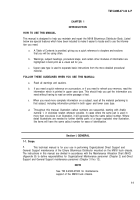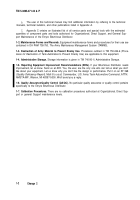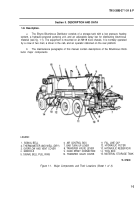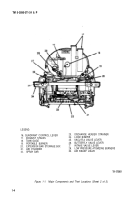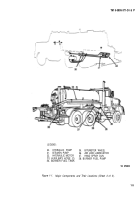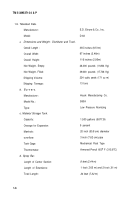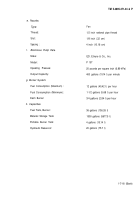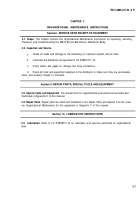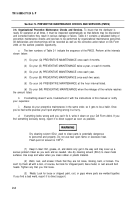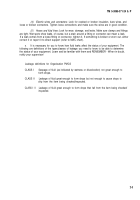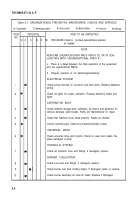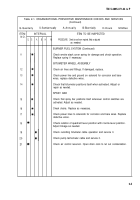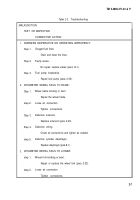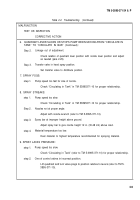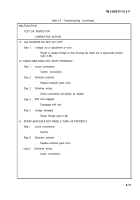TM-5-3895-371-24-P - Page 26 of 330
TM 5-3895-371-24 & P
(4)
Electric wires and connectors:
Look for cracked or broken insulation, bare wires, and
loose or broken connectors. Tighten loose connections and make sure the wires are in good condition.
(5)
Hoses and fluid lines:
Look for wear, damage, and leaks. Make sure clamps and fittings
are tight. Wet spots show leaks, of course, but a stain around a fitting or connector can mean a leak.
If a leak comes from a loose fitting or connector, tighten it. If something is broken or worn out, either
correct it or report it to direct support (refer to MAC chart).
e.
It is necessary for you to know how fluid leaks affect the status of your equipment. The
following are definitions of the types/classes of leakage you need to know to be able to determine
the status of your equipment. Learn and be familiar with them and REMEMBER - When in doubt,
notify your supervisor!
Leakage definitions for Organization PMCS
CLASS I
Seepage of fluid (as indicated by wetness or discoloration) not great enough to
form drops.
CLASS II
Leakage of fluid great enough to form drops but not enough to cause drops to
drip from the item being checked/inspected.
CLASS I I I
Leakage of fluid great enough to form drops that fall from the item being checked/
inspected.
2-3
Back to Top

